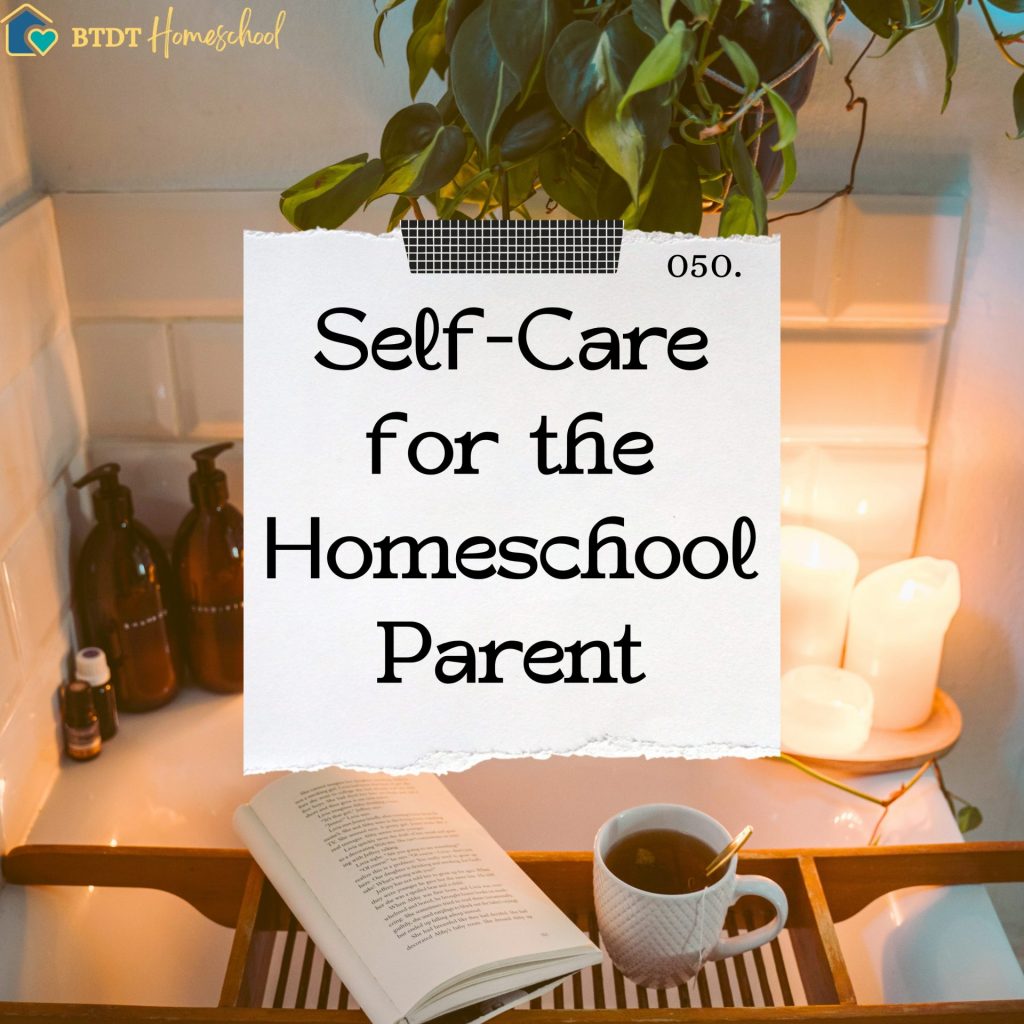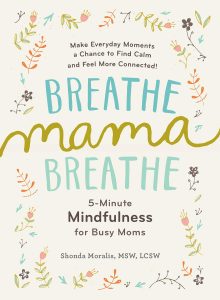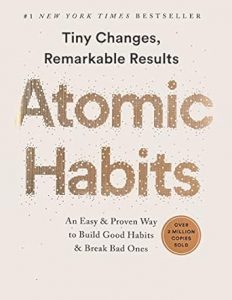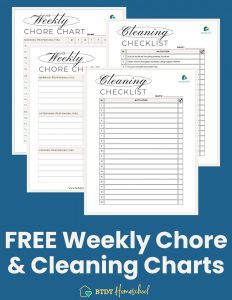050. Self-Care for the Homeschool Parent

050.
Self-Care for the Homeschool Parent
As homeschooling parents, we are always on call. There are no days off and even if it’s not a “school day,” we’re still the one answering all the questions. But it is hard to be *on* all the time. You definitely need to try and carve out some time for yourself in the hustle and bustle of homeschool life.
We’re talking about the importance of self-care and giving you 11 ways to help ensure that you are at your best for not only your family, but for yourself!

Episode 050:
TWO WAYS TO LISTEN TO THIS EPISODE:
1. Click PLAY Button Above ^^ to listen here.
2. OR Listen on your favorite podcast platform:

Apple – Spotify – Google Play – Amazon – Others
Scroll down for this week’s FREEBIE:
The Homeschooler’s Guide to Self-Care
200+ Ideas Workbook (22pg pdf)
Brand New to Homeschooling?
GETTING START PAGE >>
Kindergarten Page >>
High School Series >>
Show Notes
As homeschooling moms, we are always on call. There are no days off and even if it’s not a “school day,” we’re still the one answering all the questions. Since you’re listening to this episode, you’re probably the default parent, the one on call 24/7 when your kid is sick, when they have a boo-boo or a bad dream and all those teenage issues. And even though we are grateful for the extra time we get with our children, many other moms would envy us this, but it is hard to be *on* all the time. You definitely need to try and carve out some time for yourself in the hustle and bustle of homeschool life. In today’s episode, we’re going to be talking about the importance of self-care and give you some ways to ensure that you are at your best for not only your family, but for yourself.
I love being a homeschool mom! This journey has been filled with quality time fostering strong relationships with my children – and them with each other. It’s filled with empowering moments like when we teach them how to read, and we learn together as a family. But let’s be honest, being a homeschool mom is a 24/7/365 gig – especially for single moms like me. Or moms like you, whose partners travel a lot. Homeschooling is a rewarding but demanding job for us because we are always on duty. Since there are no days off, it’s often really difficult to make time for myself. I’ve had to learn to squeeze in quick moments for myself, even if it’s just two minutes.
Incorporating self-care practices into your life is crucial to maintaining your well-being and ensuring you have the energy and patience to provide a quality education for your child.
11 ways to….
help you to fill your cup as a homeschool mom so you can be calm, present, and have more fun guiding and learning with your kids:
1. Set Boundaries (7:01)
Establishing clear boundaries between your homeschooling/mom hours/personal time is an essential part of self-care. Create a schedule that includes dedicated breaks for yourself during the day. Don’t feel like you have to answer that call from grandma in the middle of schooling or work on more school stuff when you are done and toasted for the day. Set dedicated times for yourself.
Also, overscheduling is so easy to do! If we want to take better care of ourselves, we must learn to guard our time. Guarding your time can look like saying no to something or it can be more about prioritizing your own goals first. Sometimes saying no gives us the freedom to slow down and really be present for the things that are important to us.
2. Prioritize Sleep (8:20)
Everyone talks about this when talking about self care. It’s because it is THAT important! So be sure you’re getting enough rest. Burning the candle at both ends is really tempting for homeschool moms! We all want extra time to do all the things. Getting the rest you need is an important part of becoming the mom you want to be and giving yourself and your family the very best version of yourself.
A well-rested mind and body are better equipped to handle the challenges of homeschooling. I am very protective about my sleep- it also helps maintain a healthy weight, build progress in the gym, and keeps me sane.
And I have to say that I really struggle with this one. Menopause has hit and it is no joke how it affects your sleep. I can fall asleep on a dime, but I tend not to stay asleep for very long, and I’m a very early riser so if I go to sleep late, I get very little rest. If you are having trouble sleeping too, we’ve got some great tips that can help.
- Getting more exercise during the day
- Staying off devices in the hour or so before bed
- Keep your bedroom cozy
- Take Melatonin or CALM
- Magnesium Glycolate, or drink some sleepy tea.
- Consider seeing a doctor if you are really struggling with this
Getting enough sleep is not only going to benefit you, this is also for your entire family. We want you to be happy and healthy!
If you’ve never heard of Calm before, it is a TOTAL game-changer! I’ve been taking it for YEARS and love it. Magnesium is actually one of the most important minerals that you should be taking. I mix a heaping teaspoon into cold and stir until dissolved – it tastes great! It also helps with restless legs at night and it also keeps you regular. It’s fabulous:

Read more about Natural Calm >>
3. Morning Routine (11:45)
Self-care starts as soon as you wake up. Start your day with a calming morning routine that includes activities like meditation, yoga, journaling, or a healthy breakfast to set a positive tone for the day. Morning routines, no matter how small or big, can help boost productivity and creativity and reduce stress.
Try to wake up a little earlier. This is really going to allow you more time in the morning. Spend this time (or at least the first 30 minutes) of your day with no media. This is a game changer for reducing stress and setting my day up for success! Days that I have chosen to sleep in are always so rushed and I’m much less pleasant and patient with my kids. I also find I have way more hours in the day this way! We talked in detail about creating a morning routine and a blueprint for a beautiful week in Episode 046. Finding Balance in Your Home and Homeschool.
4. Exercise (14:01):
Incorporating regular physical activity into your routine is one of the best things that you can do for yourself. Whether it’s a brisk walk, a workout, or a yoga session, exercise can reduce stress and boost your mood. You can go for a walk or just pace around your home. Walking is really the simplest exercise that almost anyone can do!
Tracking steps is an easy way to increase your movement. You can use your phone or a simple step tracker. You can even get your kids trackers and then you can compete with each other. We’ve definitely done some step competitions this way. It involved our entire park day group. Our favorite step trackers for the kids is the Fitbit Ace and we love the Apple Watch for ourselves after upgrading from the Fitbit.
5. Delegate and Share Responsibilities (16:09)
Don’t hesitate to involve other family members. Sharing the responsibilities of homeschooling can lighten your load. Have an older sibling read to or teach a younger sibling. If your partner can take over one subject, maybe math or science, or maybe there is an uncle, aunt, or grandparent that has a skill they can teach. This can not only help teach your child, but it can also create a regular bonding time with that family member.
We’ve even shared responsibilities teaching each other’s kids. So, you can reach out to other homeschool families. And don’t be afraid to outsource some classes. If you can afford it, hire a cleaning person, order groceries online, pay your kids to do some extra chores outside their regular responsibilities. There are all kinds of ways you can ease your load. We talked about this extensively and our recent episode about Finding Balance in Your Home and Homeschool. Be sure to get your free Chore and Cleaning Charts
6. Connect with Other Homeschooling Parents (17:15)
This is such an important part of homeschooling! Connecting with others is not just for the kids, we get so much out of it, too. Join homeschooling support groups or online communities where you can share experiences, seek advice, and build a sense of camaraderie. It’s so important to have a support system made up of people who get it and can be there for you emotionally and offer help and encouragement when you need it. We’ve loved our homeschool mom friends- we talk about this all the time!

7. Personal Interests (18:45)
I think that this might be the most important way to self-care, but it can be one of the hardest for a lot of moms. Make time for your hobbies and interests outside of your kids and homeschooling. Pursuing your passions can be a fulfilling way to recharge. Maybe don’t wait until your kids are off to college to figure that out- carve some time out now for your interests and make time for yourself and your passions. It’s easy to feel guilty about taking time to ourselves and for our own hobbies or interests but time really does go by quickly.
8. Meals and Nutrition (20:23)
Prioritize healthy eating habits. Proper nutrition can positively impact your energy levels and overall well-being. It can also be a family affair- we talked in our balance episode about meal planning and menus. We even created an entire Free menu planning packet. Eating better doesn’t have to mean adopting a strict diet or totally changing up your menu all at once.
You can begin with small choices like replacing unhealthy snacks or being more aware of portion sizes. One tool that really helped me to make better choices about food is a food scale. We love this food scale and keep it on our counter all the time. Another thing that always helps me feel better is making sure I have at least 100 g of protein every day. One of my favorite things to do is go to the farmers market on the weekends by myself. I get a coffee or smoothie and wander and find some fresh fruits and veggies. I don’t know why buying some of the same groceries I usually do feels better here, but it does!
9. Limiting Negativity (22:39)
Another step that has been a really important part of my self-care journey is limiting negativity. Sometimes that means limiting the amount of news media I take in and sometimes it means muting people on my social media feed.
Oh, there’s definitely days that I will go through and snooze everyone and everything for 30 days. We have a friend who did that to her entire list and only left her local groups up for planning purposes. I do a lot of socializing through social media, so I don’t ever go completely off grid, but cutting back does help.
10. Take Short Breaks (24:25)
During the school day, schedule short breaks to relax and recharge. Even a few minutes of deep breathing or stretching can help. And I am the power nap queen. I have always incorporated a mid-day quiet time. And my kids knew from an early age not to mess with Mom during this time. I only need about 10 minutes, but let me tell you, this has been essential for my overall well-being, and I look forward to it every day.
11. Self-Reflection and Assessment (25:47)
Periodically assess your homeschooling approach and make adjustments as needed. Self-reflection can help you identify areas where you can streamline or improve your teaching methods. And this may not seem like a self-care topic, but I promise as a homeschool mom, it most certainly is. If you’re wasting time on something that doesn’t work, your stress level will go through the roof.
Breathe, Mama, Breathe is a breath of fresh air for stressed-out moms. Author Shonda Moralis offers easy-to-use mindfulness tools and strategies for real-life moms needing peace, calm, and centering—along with a dash of compassion and humor that comes from her own experiences as both a mom and a long-time mindfulness expert. This is an excellent and much needed book for homeschool moms!

Atomic Habits was a book that we both read for a 75-Hard challenge and we both LOVED it! The real-world examples and success stories shared in the book are so inspiring and really help as you work on creating your own habits.

Remember that we always talk about the key to homeschooling is to be flexible and adaptable. That really applies to everything from curriculum to schedule to balancing your home. Self-care is not selfish; it’s essential for your mental, emotional, and physical health. Self care is often a problem for most moms – it is a draining, sacrificial job to raise children! Being a homeschool mom though, takes sacrifice to a new level. It is so important that you take care of yourself, but many of us completely ignore our own needs. Don’t do it! It’s ok to put yourself first every now and then. When you take care of yourself, you’ll be better equipped to provide a positive and nurturing homeschooling experience for your entire family.
This Week’s Freebie:








